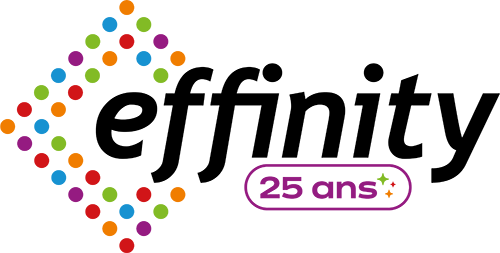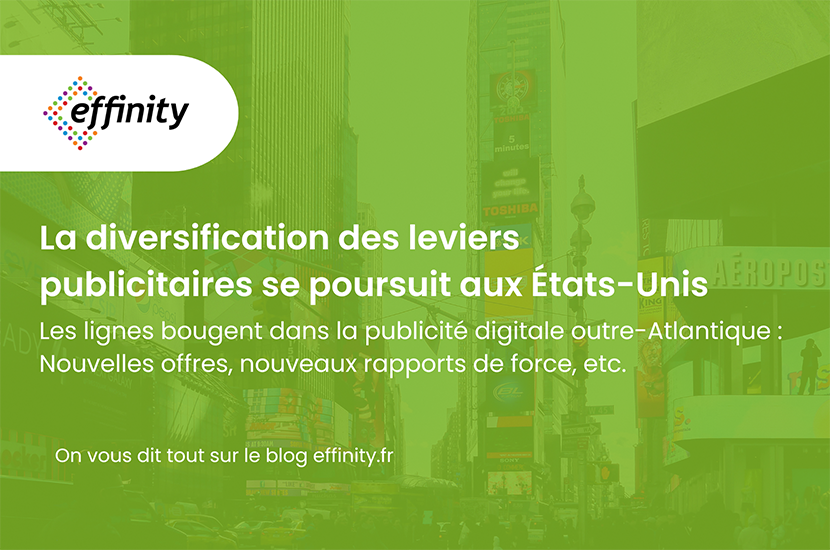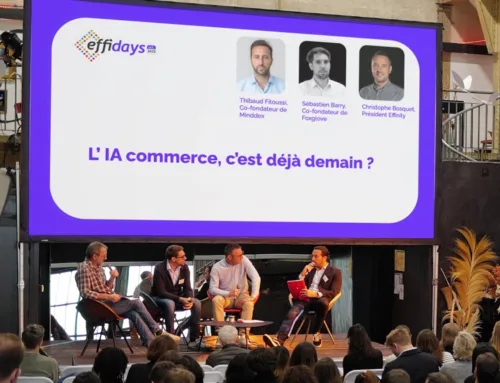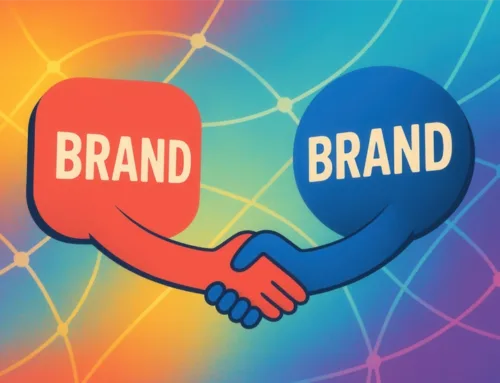It’s always instructive to keep an eye on the digital advertising market across the Atlantic to observe the trends that emerge. And the past year speaks for itself. Indeed, for the first time since 2014, Google and Meta’s combined market share accounted for no more than 50% of digital advertising investment in the US. According to research institute Insider Intelligence, by 2022 the two advertising giants had, in fact, captured “just” 48.4% of spending. This figure could fall to 44.9% by 2023. However, this is not a contraction of their revenues, since both firms grew in 2022, albeit more slowly than the market as a whole. To explain this decline, the institute points to several factors:
- Reduced time spent online after the pandemic,
- Brands, concerned about a possible economic slowdown, tend to hold back on advertising investment,
- The diversification of the advertising offer available to advertisers, with the emergence of new offerings from streaming players such as Netflix and Disney+. With a substantial number of viewers and a multitude of premium video content, they are helping to move the lines.
- The growth of Amazon and TikTok, nibbling away at Google and Meta’s market share. Amazon, whose advertising business is fueled by its ability to target users based on their purchase and browsing history, accounted for 11.7% of digital ad spending in the U.S. last year and is expected to reach 12.4% by 2023. Moreover, TikTok’s weight in the US digital advertising market more than doubles by 2022, thanks to its nearly 100 million monthly active users, the platform’s virality and its hold on Generation Z, Generation Y and influencers. Even if its overall share remains fairly small, representing 2% of digital ad spending in the US. This share is set to rise to 2.5% by 2023.
- Apple’s decision to require applications on its devices to ask users if they wanted to be tracked also had a strong impact. With the majority of iPhone users opting not to be tracked, Meta was hit at the heart of its business: its ability to accurately target ads and prove to advertisers that they generate sales.
All of these factors are contributing to greater pluralism and diversity in the distribution of advertising spend. It’s worth noting that by 2023, nearly two-thirds of advertising spending in the U.S. should be dedicated to digital, compared with less than half in 2019, the last year before the pandemic (Source GroupM). While the situation in the French market is not quite on a par with that in the United States, the diversification of digital offerings and the evolution of consumer buying behavior are following the same trend. And French advertisers are also looking for ever more options to seduce their customers. Effinity responds to this need by supporting them on all digital acquisition levers (affiliation, search and social ads, influence, display), constantly seeking synergies and interactions between these different levers to maximize their impact.
Mis à jour le 23 January 2025
Mis à jour le 23 January 2025




